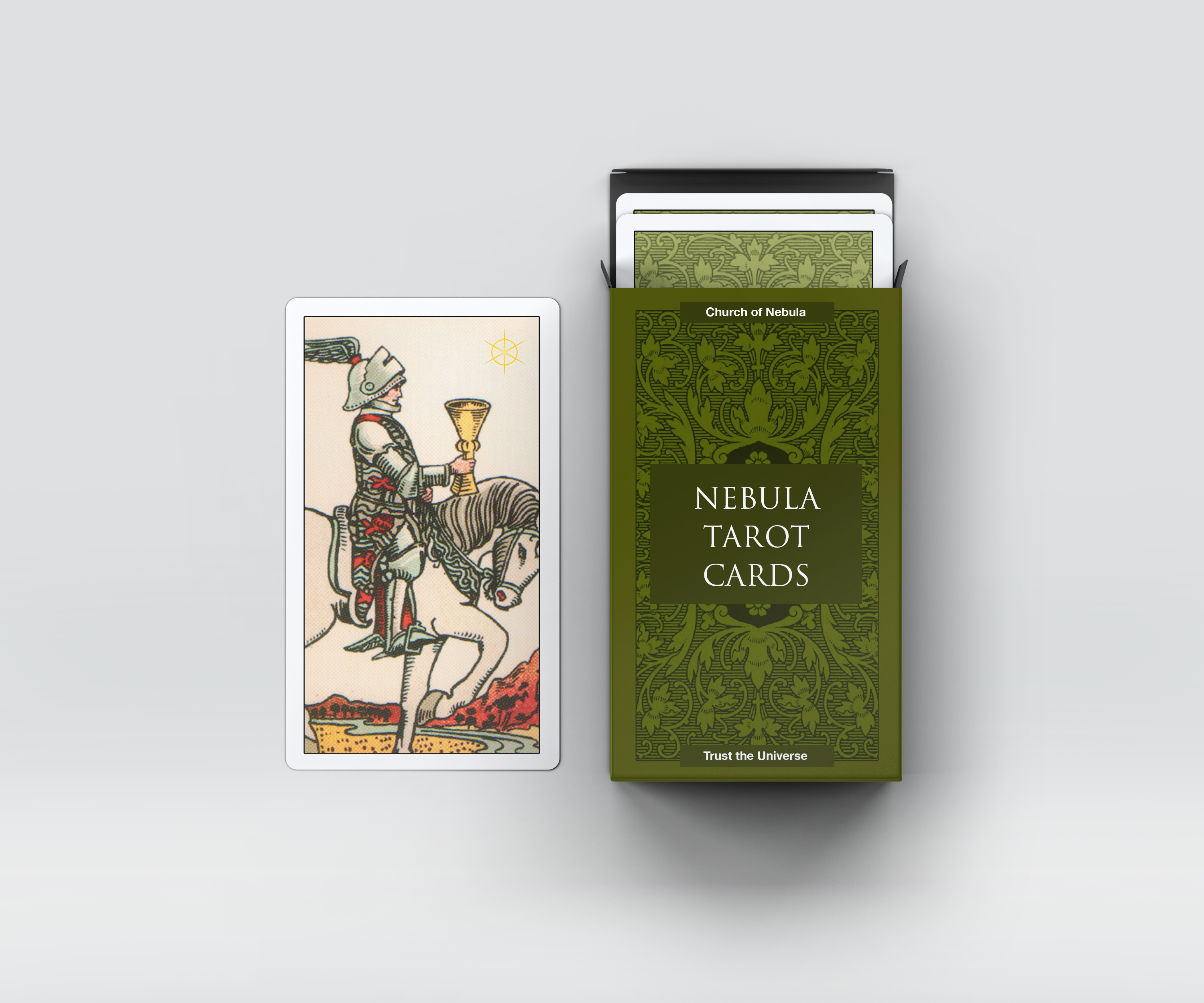
Tarot Cards
Tarot cards, those intricately illustrated decks of 78 cards, have captivated people for centuries. Beyond their association with fortune telling, tarot offers a surprising range of uses. They can be a tool for divination, aiming to shed light on the past, present, or future. They can also be used for introspection, prompting us to delve deeper into our own thoughts, feelings, and motivations. Additionally, the evocative imagery of tarot cards can spark creative storytelling.
But does tarot actually work?
Here's the thing: there's no scientific proof that tarot cards can predict the future. Their effectiveness in divination relies heavily on interpretation and personal belief. There are two main perspectives on how tarot "works."
One viewpoint sees tarot as a psychological tool. By drawing a card and contemplating its symbolism, we might unlock associations and insights relevant to our current situation. The cards act as a catalyst for self-reflection, helping us see things from a fresh perspective.
Another perspective suggests that tarot readings tap into a phenomenon called synchronicity. This is the idea that seemingly unrelated events can hold hidden connections. While the cards might not predict the future, they could reflect underlying patterns or themes playing out in your life.
Interpreting tarot cards
Interpreting tarot cards is an art form, not an exact science. The meaning of each card depends on its position within a spread (the layout of the cards), the surrounding cards, and the reader's intuition. Understanding the symbolism on each card, the meaning of the four suits (cups, wands, swords, and pentacles), and the distinction between the Major Arcana (representing major life themes) and Minor Arcana (with more everyday meanings) is all part of the interpretive process.





























































































































































